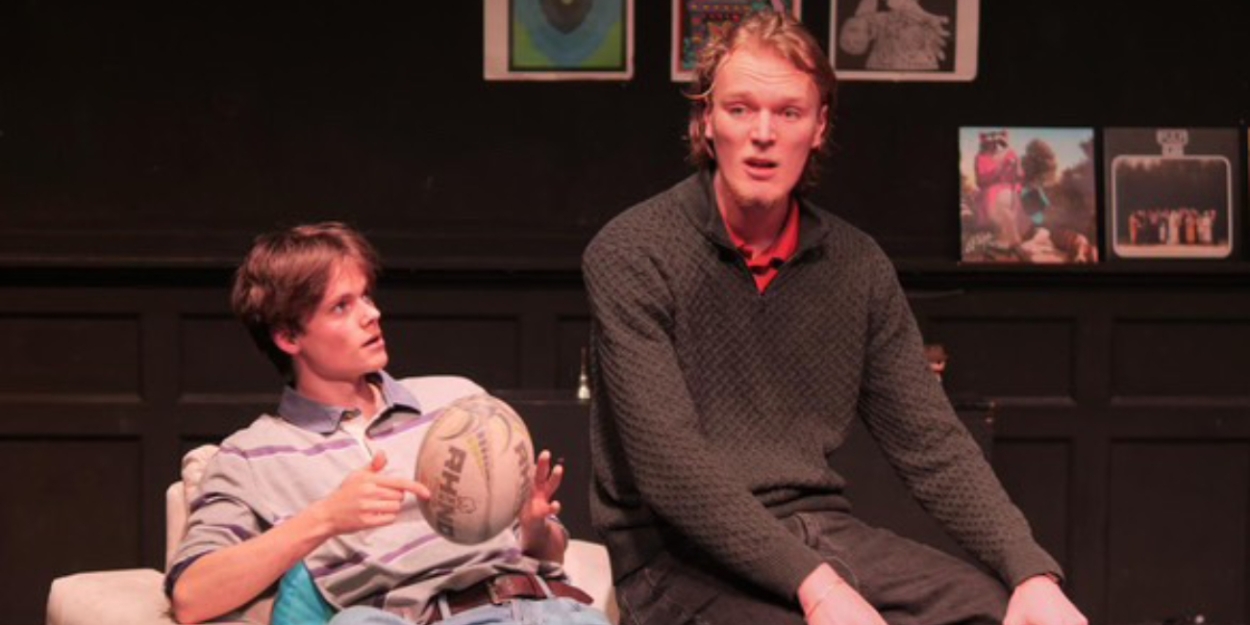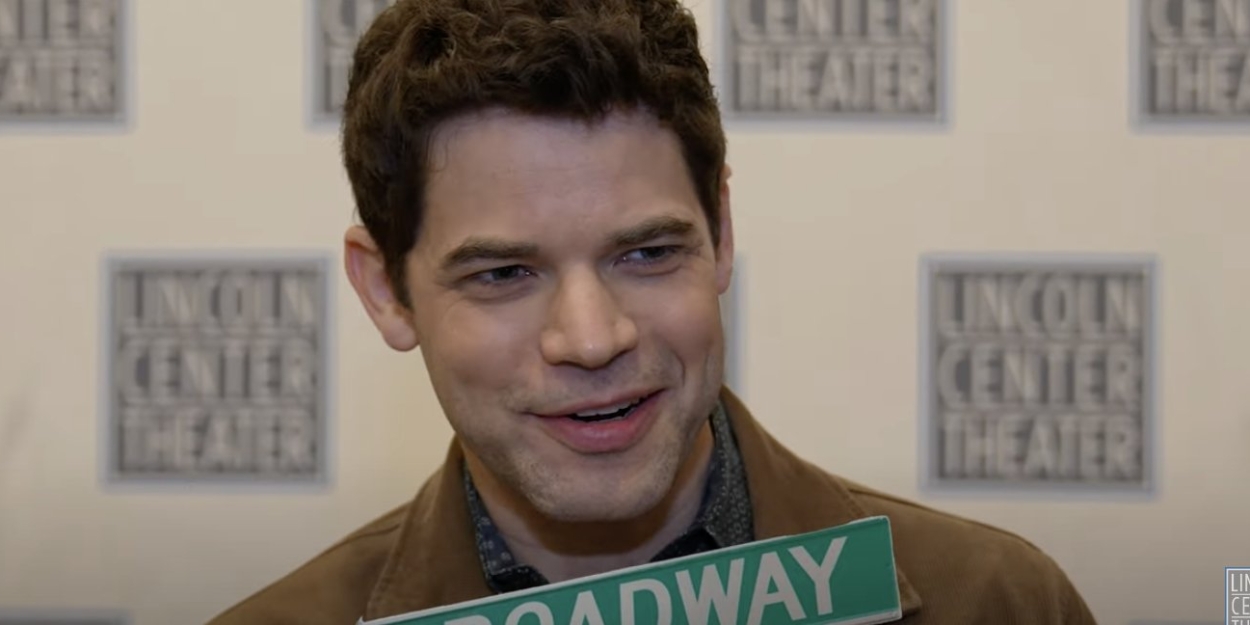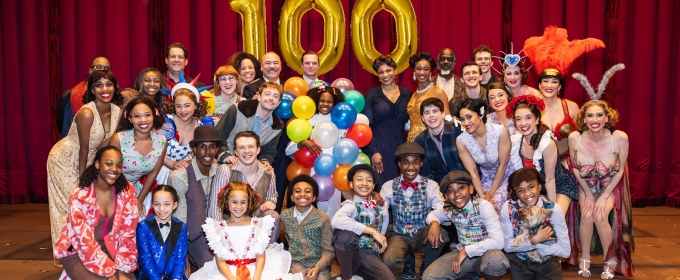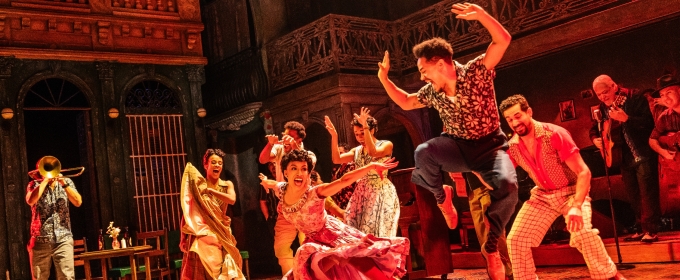Trending Stories
Recommended for You
Review Roundup: Sarah Snook Stars In THE PICTURE OF DORIAN GRAY On Broadway
This new adaptation is written and directed by Kip Williams.
John Krasinski Will Lead ANGRY ALAN Off-Broadway
Sam Gold will direct the limited 10-week engagement.
Broadway Grosses: Week Ending 3/23/25 - GOOD NIGHT, AND GOOD LUCK Starring Clooney Tops the List
The top 5 highest grossing shows include OTHELLO, GLENGARRY GLEN ROSS and more.
Hugh Jackman, Liev Schreiber and More to Star in Audible Theater Plays
Up first is Hannah Moscovitch’s Sexual Misconduct of the Middle Classes, with Ella Beatty and Hugh Jackman.
Ticket Central
Industry
West End

Review: THE IMPORTANCE OF BEING EARNEST at The Golden Goose Theatre
The New Rep Theatre Co's newest production is laugh-out-loud funny!
The New Rep Theatre Co's newest production is laugh-out-loud funny!
New York City

BroadwayWorld Cabaret Upcoming Show Roundup – Mar. 31 to Apr. 6
Some of our top picks for live cabaret shows and events to see in NYC this week
Some of our top picks for live cabaret shows and events to see in NYC this week
United States

Seattle Theatre Group Adds The 5th Avenue Theatre To Its Family Of Venues As New Leaseholder
A community open house in celebration of the alliance will be held at The 5th Avenue Theatre on Monday, April 28. More information is forthcoming.
A community open house in celebration of the alliance will be held at The 5th Avenue Theatre on Monday, April 28. More information is forthcoming.
International

Review: TINA: THE TINA TURNER MUSICAL Rolls Onto the Vancouver Stage
The latest musical from Broadway Across Canada to play at the Queen Elizabeth Theatre is “simply the best!”
The latest musical from Broadway Across Canada to play at the Queen Elizabeth Theatre is “simply the best!”














































.jpg)
















































